Radon gas maps - levels by State or Province
Radon maps show where the risk of radon contamination in homes is the highest, But findingthe local risk level on a radon mapis not a clear indication of safe or dangerous levels of radon gas in a home. For example, below are official maps of the high-risk radon gas areas in the USA and Canada.


Where does Radon gas come from?
Radon is naturally present in the air at a minimal concentration, everywhere, all the time. Radon gas come from decomposing uranium in rocks such as granite.Radon in Canada is measured in Becquerels per square meter (Bq/m3), and radon in the US is measured in picocuries per liter (pCi/L)
室外平均水平在5 ~ 15 Bq/m3之间,or between 0.135 and 0.405 pCi/L
As the Radon maps show a lot of high risk areas, how common is Radon gas in homes per State?
According to the EPA, 8% to 12% of all US dwellings are above their maximum 'safe levels'with 'too many' US homes showed Radon gas readings above the national guideline levels when tested, which is currently 4 pCi/L, (or 148 Bq/m3). The average indoor Radon gas level in US homes is estimated to be about 1.3 pCi/L.
According to the National Research Council of Canada, as many as 10% of Canadians are said to live in homes above the 200 Bq/m3 Canadian Radon guideline value根据对全国14000户家庭的测试调查,加拿大家庭的人口加权平均氡浓度为73 Bq/m3。
Here are the 10 US States with the highest average Radon levels:
- Alaska (10.7)
- South Dakota (9.6)
- Pennsylvania (8.6)
- Ohio (7.8)
- Washington (7.5)
- Kentucky (7.4)
- Montana (7.4)
- Idaho (7.3)
- Colorado (6.8)
- Iowa (6.1)
房屋内氡的安全水平是多少?
Just having radon levels in your home that are close to, or at, the US and Canadian official figures and recommendations for mitigation, should in itself be a bit of a concern.Take note of the findings of the World Health Organization -
"The lower the radon concentration in a home, the lower the risk of lung cancer, asthere is no known threshold below which radon exposure carries no risk."They go on to state"The risk of lung cancer increases by 16% per 100 Bq/m3 increase in long time average radon concentration. The dose-response relation is linear – for example,the risk of lung cancer increases proportionally with increasing radon exposure.Radon is much more likely to cause lung cancer in people who smoke. In fact, smokers are estimated to be25 times more at riskfrom radon than non-smokers."
So to put it simply -there are NO safe levels for Radon Gas levels in homes不管哪个州或省在地图上看起来很糟糕。氡可以发生在任何地方,家中氡水平的任何增加都会增加健康风险,仅此而已。
房屋内氡的安全水平是多少?
把家里的任何东西都称为“氡气安全水平”都是不负责任的,因为它是对人类有害的累积效应。The best we have are guidelines from health experts as to what level is considered dangerous enough to merit taking steps to remove radon gas from homes.
The World Health Organization (WHO) recommends radon remediation when levels in a home exceed 100 Bq/m3; The Canadian Radon guideline value is set at 200 Bq/m3, and the US guideline is 4 pCi/L, which equates to 148 Bq/m3 and is usually rounded to 150 Bq/m3 for simplicity.
Is the concern over Radon in homes new?
No, Radon gas levels in homes across the United States and Canada is not a new thing. In fact In 2009, the WHO published the"WHO handbook on indoor radon: A public health perspective", which provides policy options for reducing health risks from residential radon exposure. TheCanadianandAmericanresponse and guidelines listed above has basically been to accept a+8% to 16%increase in the risk level of lung cancer for their citizens, which rises to a disturbing +400% and +200% increase if they are smokers.
In the US, according to the American Cancer Society, "Lung cancer is by far the leading cause of cancer death among both men and women, making up almost 25% of all cancer deaths. Each year, more people die of lung cancer than of colon, breast, and prostate cancers combined."
Looking at the incidence of lung cancer across US States on the maphere, we would conjucture that being shaded in a very similar manner tothe radon gas map by stateabove might be more than a coincidence.
What are Radon gas symptoms?
Radon is an odorless, colourless, radioactive and carcinogenic gas.There are no immediate symptoms of exposure to radon and没有办法感知你是否处于氡不安全水平的环境中——除了对现有房屋进行氡检测,对高氡水平的房屋进行氡修复,以及在新房屋建设中进行氡缓解。
One of the problems associated with communicating just how dangerous Radon Gas exposure is, is the fact thatRadonisn'tan eye-watering or sneeze-inducing gas.Unlike natural gas which is also colourless, odourless and non-toxic but can go BOOM. As a safety precaution and to enable the quick detection of a leak of natural gas, a chemical that smells like rotten eggs is added tonatural gas to make it immediately noticeable. you don't get that early warning with Radon unfortunately.
To put it rather bluntly, most people don't know they have a Radon gas problem until it's too late.
氡地图是否表明我的家中是否有氡?
This is where Radon Gas maps can actually be a problem. As can the results of a 'helpful' neighbor who got his home tested for radon, or his well water, and turned up a low reading.Coming to a conclusion about your personal risk level based on the readings in a house next door can potentially lull you into a false sense of security since levels can differ greatly from one home to another.
Having had personal experience with wildly varying radon test results from homes in the same area and built in the same way in the same period, we would recommend that every homeowner test for radon gas for their own peace of mind in all but the really low incidence areas on the radon map (which are limited). And even there, why not? It's not difficult, or very expensive, and the stakes are pretty high.
In medium risk areas (as defined on the radon maps currently available which governments are starting to phase out), we would say that a static short term radon test should be the minimum recommendation for every household, and in any location marked high risk from radon gas we absolutely recommend continual radon monitoring with one of the electronic radon testers.
To explain, as radon gas ingress into homes can be affected by the height of the water table and atmoshpheric conditions as well as the air permeability and pressurization of homes (which can be seasonal too), the radon levels in a home can fluctuate considerably from day to day. ForRadon awareness month in November, we should all consider taking a moment to test our crawlspaces and basements for Radon!
How to test for radon
A DIY radon test kit will cost about $40 USD (compare prices here), and can be easily purchased online.
Professional radon testing offers the most accurate reading, that would be recommended to have done if you have found a high-level with aDIY radon testing kit, that may also be a test you want to invest in if you are considering purchasing a home with high radon, or a home in a high-risk radon area. That way you would know if a significant investment in radon remediation would be needed to return it to safe levels, which should be made part of a conditional purchase offer.
There are alsocontinually running radon gas sensors available online here显示每天和每周氡读数的数字读数。在一个读数被认为是准确的之前,他们需要大约一周的时间来适应,但一旦你有了一个读数,你就可以随时关注它,知道你的水平。更让人放心的是,其中一些与一个手机应用程序相关联,如果辐射水平超过预定水平,该应用程序就会发出警报。

Another advantage to a continually running Radon monitor, is that by tipping you off to increased radon levels in your home it can also point to other issues that may need some attention.
Case in point - I had high radon levels in my home, and I have an HRV dedicated to the basement controlled by aRadostat Radon gas sensor. I check my radon sensor regularly, and when I saw it consistently at higher levels I did some investigating, I found one of the fans in my basement HRV wasn't working.
HRVs and ERVsneed regular maintenance and cleaning, since something as little as a few leaves blocking your air intake can depressurize your home and litterally suck the radon up from the soil through cracks in your foundation.Read more here about How to keep your HRV and ERV clean and operating properly.

How to fix high radon levels in all areas
There are a variety ofeffective radon mitigation techniquesthat can lower radon levels in basements and crawlspaces,which radon mitigation system is best depends on how high your levels are, how finished your basement is and whether or not you use it as living space.
The only really easyDIY Radon mitigation technique is for crawlspaces or basements with dirt floors, where a passive radon stack can be laid down under a poly vapor barrier membrane, and vented to the outside. This should really only be relied on if it won’t see a lot of traffic in the future that could puncture or tear the membrane.
One of the more effective techniques for radon removal in finished basements is sub-slab depressurization, which involves the installation of a vertical pipe through the concrete slab of your basement floor. A continuously running small fan draws the radon gas from below the slab floor and vents it to the exterior where it is quickly diluted and causes no harm.
In cases where a radon membrane or sub-slab depressurization system aren’t an option, and for upper floors of homes that have high levels, a radostat radon detector and dedicated HRV / ERV is a possible solution - but it's probably best left to Radon Mitigation specialists to come up with the solution most adapted to your home.
A Radostat radon detector will activate ventilation systems when levels reach the designated level and shut the system off when levels are sufficiently low. When done properly, this will leave basements pressurized to help keep radon in the ground - again, this is more a professional radon solution.
Radon levels after mitigation
There is no way to determine ahead of time with any degree of accuracy what radon levels will be after remediation work is done.We did find one company in Canada that guarantees levels of 100 Bq/m3 after mitigation, which is half of the the 200 Bq/m3 Health Canada currently considers the level when mitigation measures should be taken. So, we know at least some mitigation experts are extremely confident in their work. Finding local radon mitigation services that guarantee low levels would be a great resource to offer readers, so if anyone finds other such service providers, pleasesubmit their details for inclusion in our free directory here.
Is there radon gas in water?
High levels of radon gas can also be found in well water, particularly in high-risk radon areas as per the maps above by state and province, but it is not a problem with municipal water systems因为水传播的距离要远得多,这种搅动使气体得以消散。
There is currently no conclusive evidence, that we know of, as to directly how dangerous radon in water is to humans, though testing well water for radon is recommended and there are methods to remove it.See our pages on how to remove radon gas from well water.Given the elevated Radon readings I had in the air of my home I decided to check my water as well, which oddly enough, and thankfully, turned up to be very low.
Grants for radon remediation in homes by state
There are currently no federal, state or provincial grants or programs that we have found to help offset the cost of radon mitigation in homes, but as radon awareness increases this may change in the future, we will update this page if any funding for mitigation solutions does become available. If anyone knows of any Provincial or State grants for radon gas prevention in homes, please post them in the comments below - Thank you!
Now you knowmore about the dangers of radon gas in homesandhow to test for radon. Findmore pagesaboutradon mitigation in basements and crawl spacesandhow to maintain healthy indoor air qualityhere:
Find more about green home constructionin the EcohomeGreen Building Guide pages- Also, learn more aboutthe benefits of a free Ecohome Network Membership here. |



















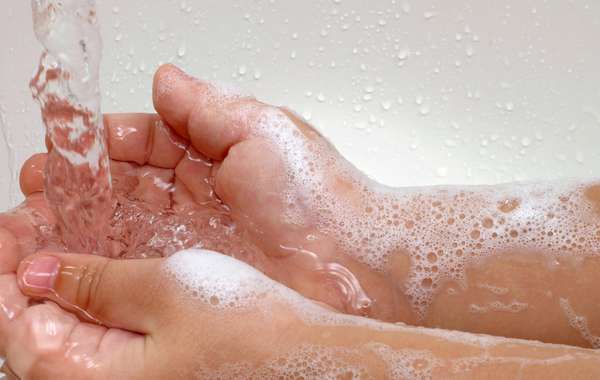
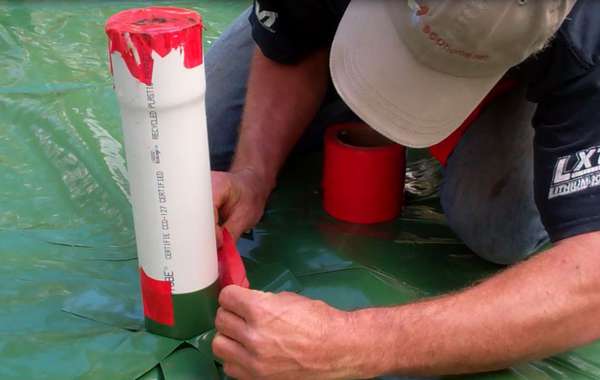

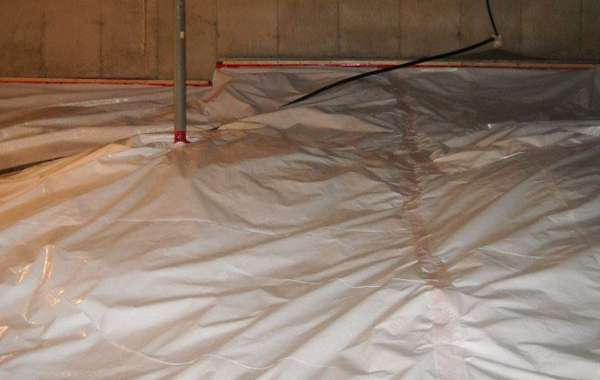
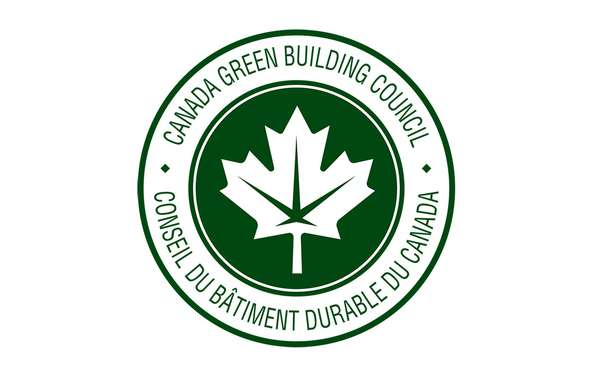
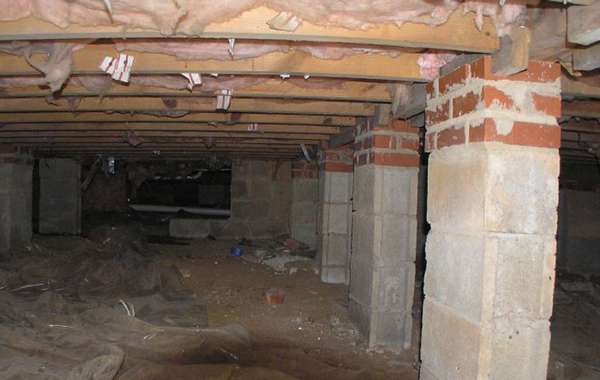
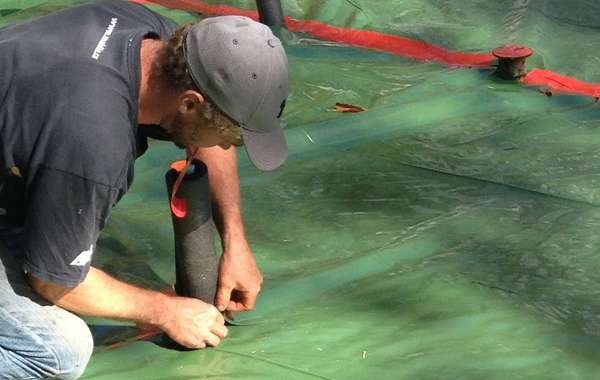

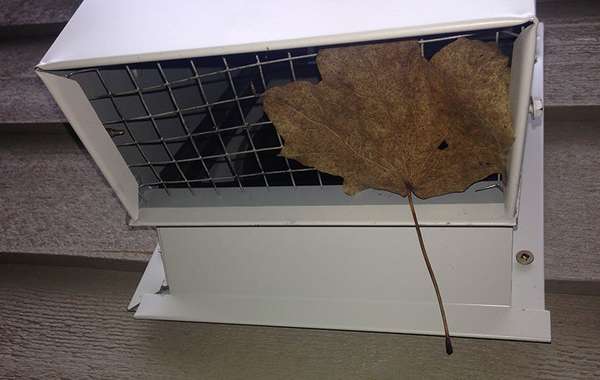
Comments (0)
Sign Up to Comment